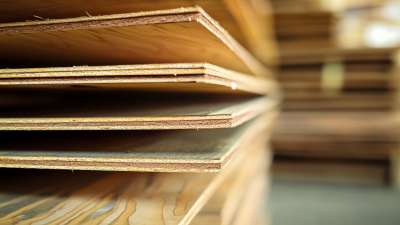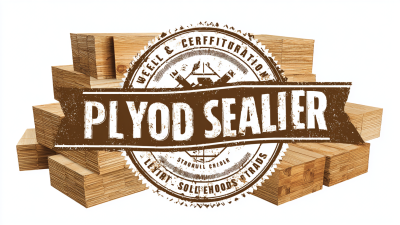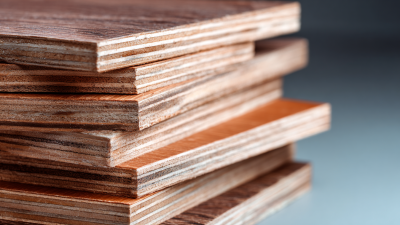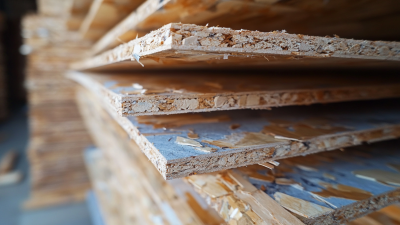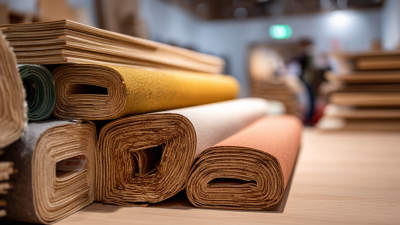In recent years, the demand for Colored Plywood has surged, reflecting a significant shift in design trends towards vibrant and customizable materials. According to a market report by Grand View Research, the global plywood market size was valued at approximately $40 billion in 2020 and is expected to grow at a CAGR of 4.4% from 2021 to 2028, driven in part by innovations in colored finishes. As architects and designers increasingly seek out distinctive hues and patterns to enhance aesthetic appeal, choosing the right Colored Plywood becomes crucial for achieving both functionality and style in projects. This blog will explore seven essential tips to help you select the best Colored Plywood, ensuring your creations not only stand out but also meet the diverse needs of your clients and projects.
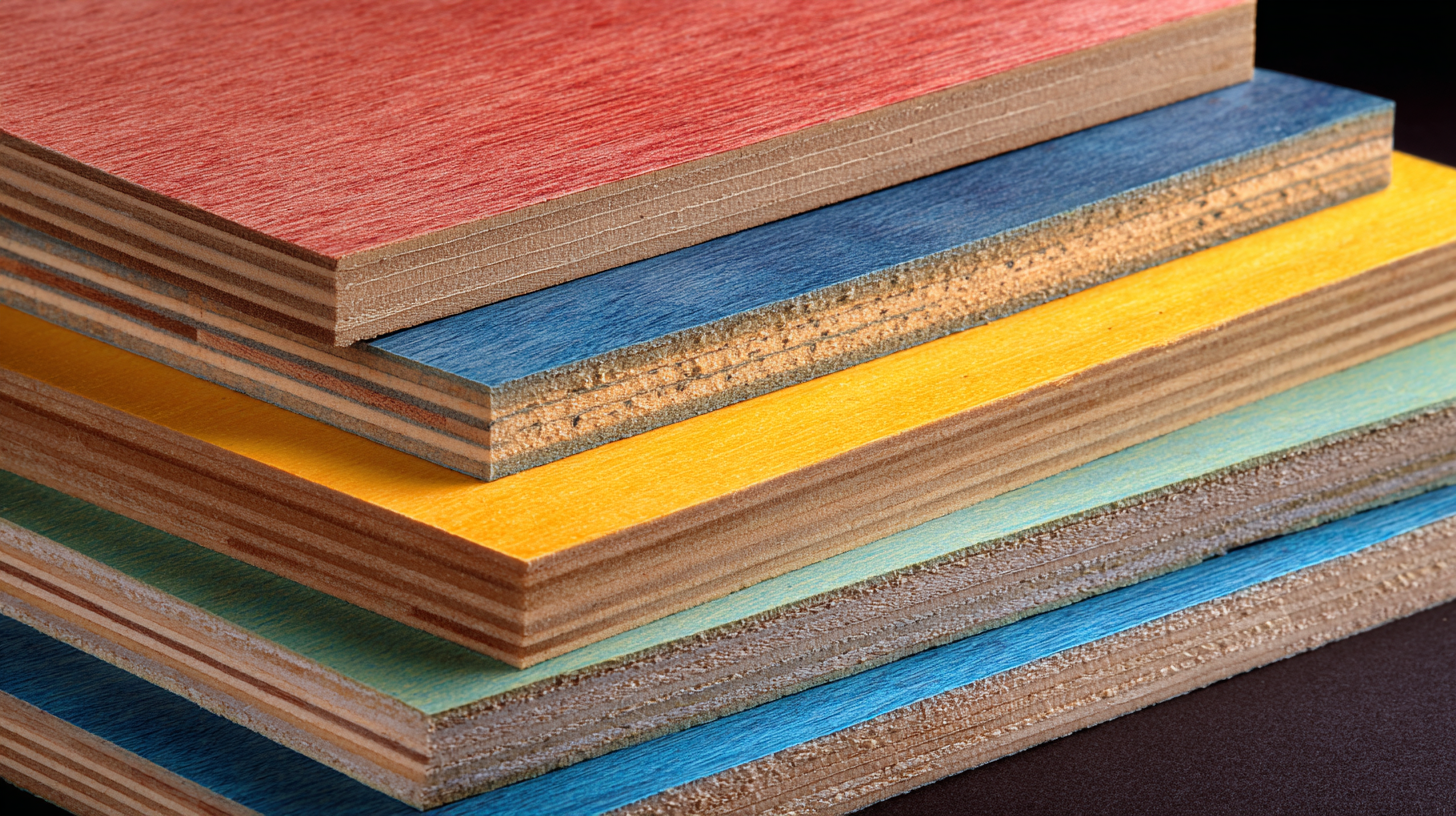
When selecting the best colored plywood for your projects, it's essential to understand the various types available on the market. Colored plywood is typically made by applying a decorative veneer or laminate to a core type such as plywood, MDF, or particleboard. According to the Plywood Manufacturers Association, the demand for colored plywood has surged by over 25% in the past five years, driven by the increasing popularity of customized interior designs and sustainable construction practices.
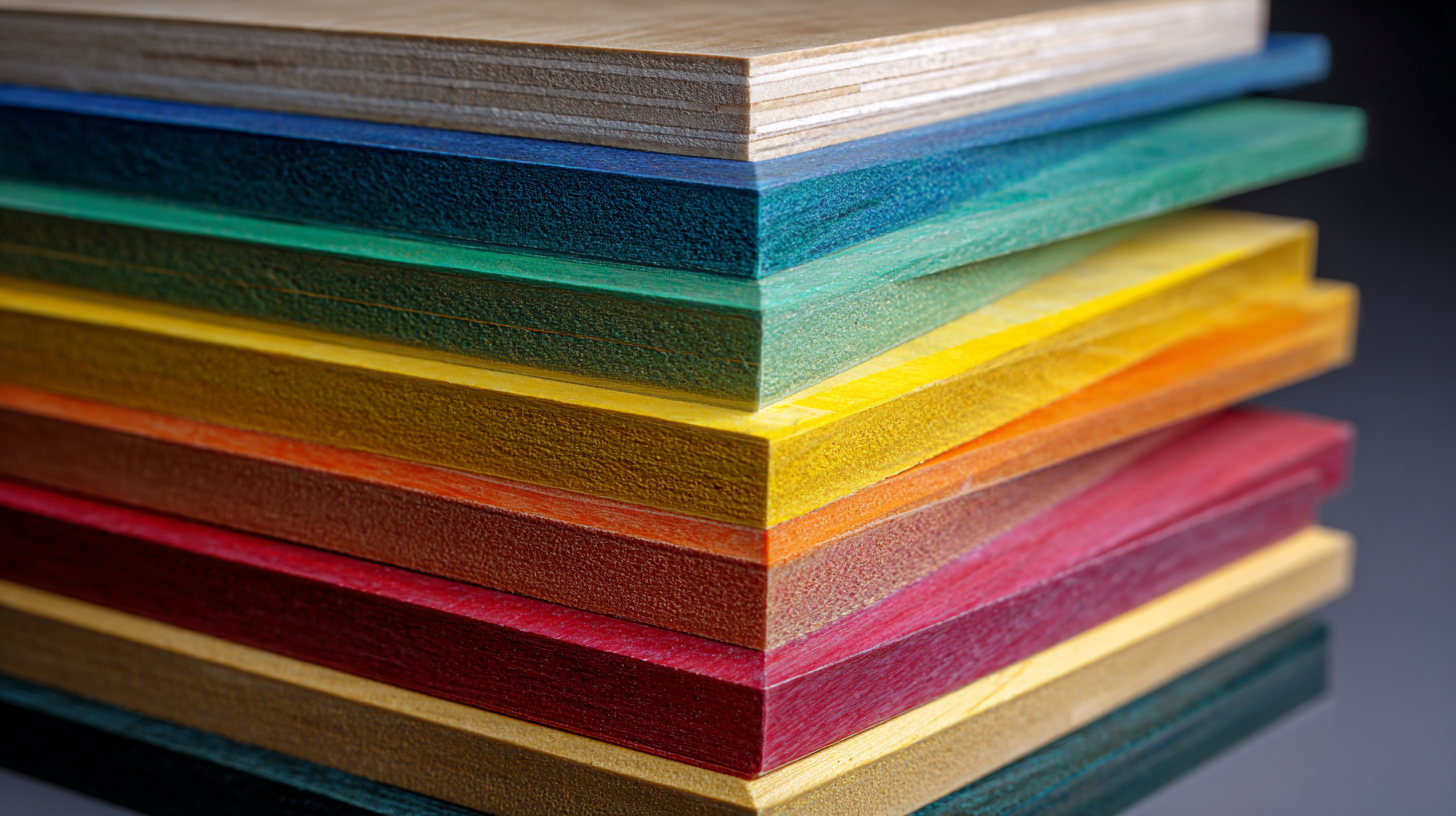
Among the types of colored plywood, melamine-faced boards are particularly popular due to their durability and vibrant color options. The global melamine board market was valued at approximately $12 billion in 2022 and is projected to grow, leading to higher availability of varied hues. Additionally, phenolic resin plywood offers both strength and water resistance, making it ideal for exterior applications. As reported by the Specialty Plywood Association, these types of plywood are not only functional but also enhance the aesthetic appeal of any project, from cabinetry to furniture making, catering to diverse design preferences in residential and commercial spaces.
When selecting colored plywood for your projects, there are several key factors to consider to ensure the best choice for your needs. Firstly, the finish of the plywood is crucial. A smooth finish can enhance the vibrancy of colors and ensure better paint adherence if additional coloring is desired. Textured finishes, on the other hand, may provide a unique aesthetic but can complicate the application of additional coatings. It’s essential to evaluate how these finishes interact with light and the overall design of your project.
Another critical aspect is the durability of the color. Research indicates that exposure to UV rays can significantly degrade colored finishes on wood, which underscores the importance of selecting high-quality exterior wood stains or sealers to maintain the vibrancy over time. According to industry experts, using a sealer can extend the life of colored plywood in outdoor settings, protecting it from the elements while enhancing its visual appeal. With a variety of color options available, it's invaluable to consider how each color's properties will interact with your specific environmental conditions and design goals, ensuring a long-lasting and visually pleasing outcome for your projects.
When selecting colored plywood for your projects, assessing durability and quality is paramount. Durability not only influences the longevity of your project but also the performance under various conditions. It’s essential to consider the type of adhesive used in the plywood, as high-quality, waterproof adhesives can enhance resistance against moisture and warping. Additionally, the thickness of the veneer and the core material can significantly impact the durability. Always opt for plywood that meets or exceeds industry standards to ensure you’re not compromising on quality for aesthetics.
Moreover, the manufacturing process of colored plywood has evolved, with advancements in machinery and raw materials playing a crucial role in product quality. Recent reports highlight the importance of a well-structured manufacturing setup that prioritizes both efficiency and quality control. Investing in quality machinery and choosing the right suppliers for raw materials can make a difference in the final product’s durability. By understanding these factors, you can make more informed decisions, ensuring your projects not only look good but also stand the test of time.
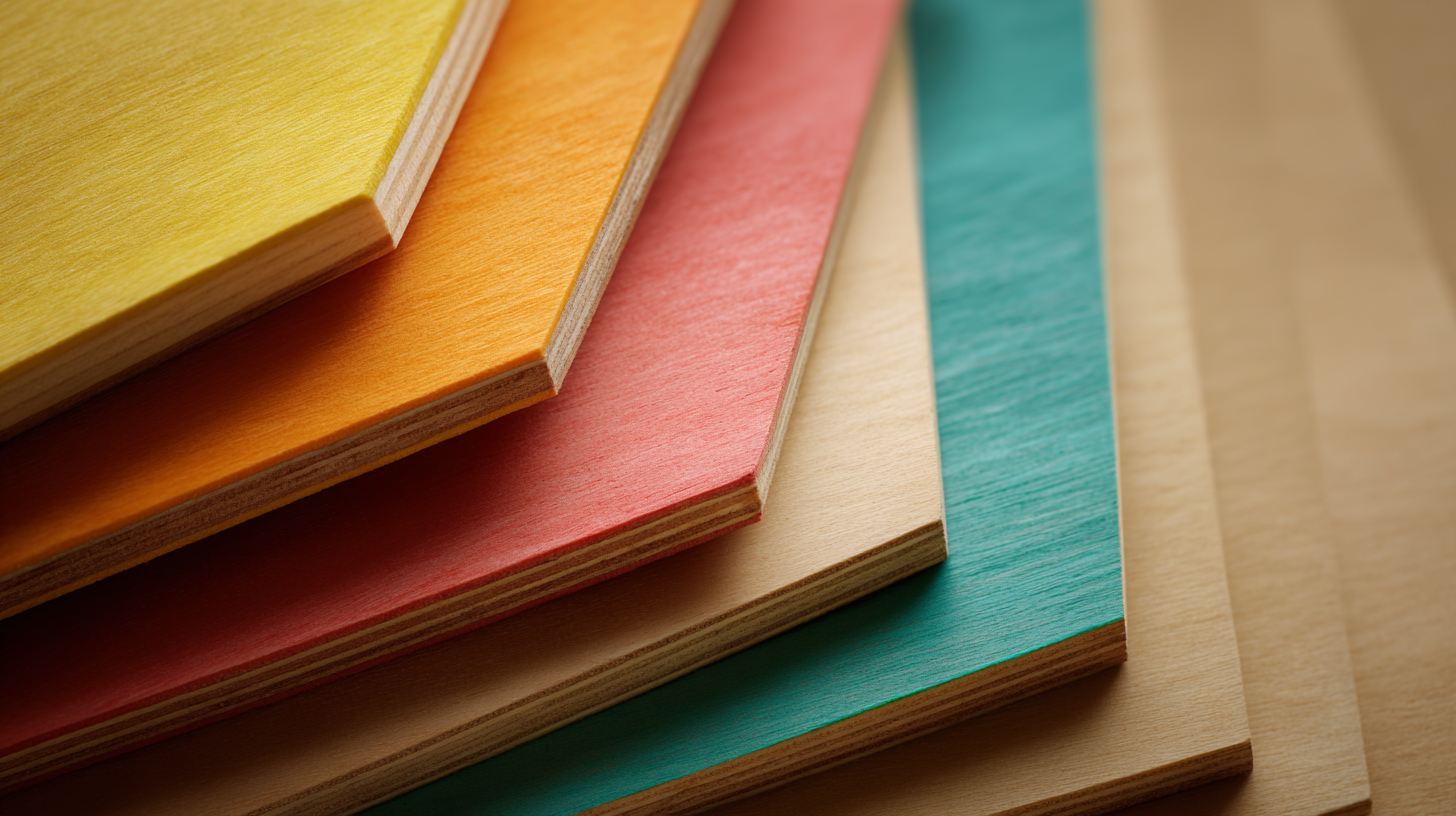
When choosing colored plywood for your projects, it's crucial to consider how the colors will complement your overall design scheme.
For instance, if you're working with warmer tones like copper, designers are increasingly pairing it with colors such as soft taupe or muted greens that can enhance the warmth and create a cohesive look. The inviting nature of these colors not only balances the boldness of copper but also creates an inviting atmosphere.
In addition to warm colors, pairing plywood with colors that work harmoniously with brown can elevate your design. Shades like deep navy, forest green, or even a rich burgundy can add depth and sophistication when contrasted with brown plywood.
These combinations are particularly striking in spaces that feature concrete floors, where these colors can soften the industrial feel while maintaining a polished aesthetic. By thoughtfully selecting colors that complement one another, you can turn your projects into visually stunning spaces that feel well-coordinated and inviting.
In today’s world, consumers are increasingly prioritizing sustainability in their purchasing decisions, which includes the choice of materials like colored plywood. When selecting the best colored plywood for your projects, consider products that offer both aesthetics and environmental responsibility.
Opt for plywood that is sourced from sustainably managed forests, as this helps reduce deforestation and ensures ecological balance. Additionally, the use of non-toxic dyes and finishes is crucial in mitigating harmful environmental impacts.
Another important factor to consider is the acoustic performance of colored plywood. Panels designed with sound-absorbing technology, often incorporating recycled materials, are an excellent choice for creating serene spaces. They not only enhance the visual appeal of a room but also contribute to a more sustainable and efficient sound environment.
When selecting your plywood, look for certifications that reflect eco-friendly practices, ensuring that your project not only meets your design goals but also aligns with your values of sustainability.

